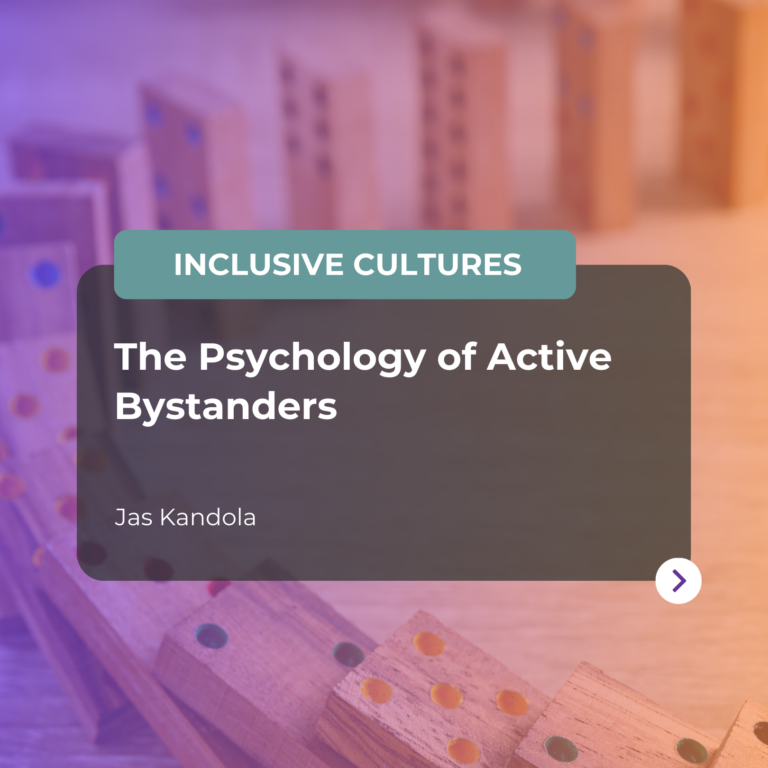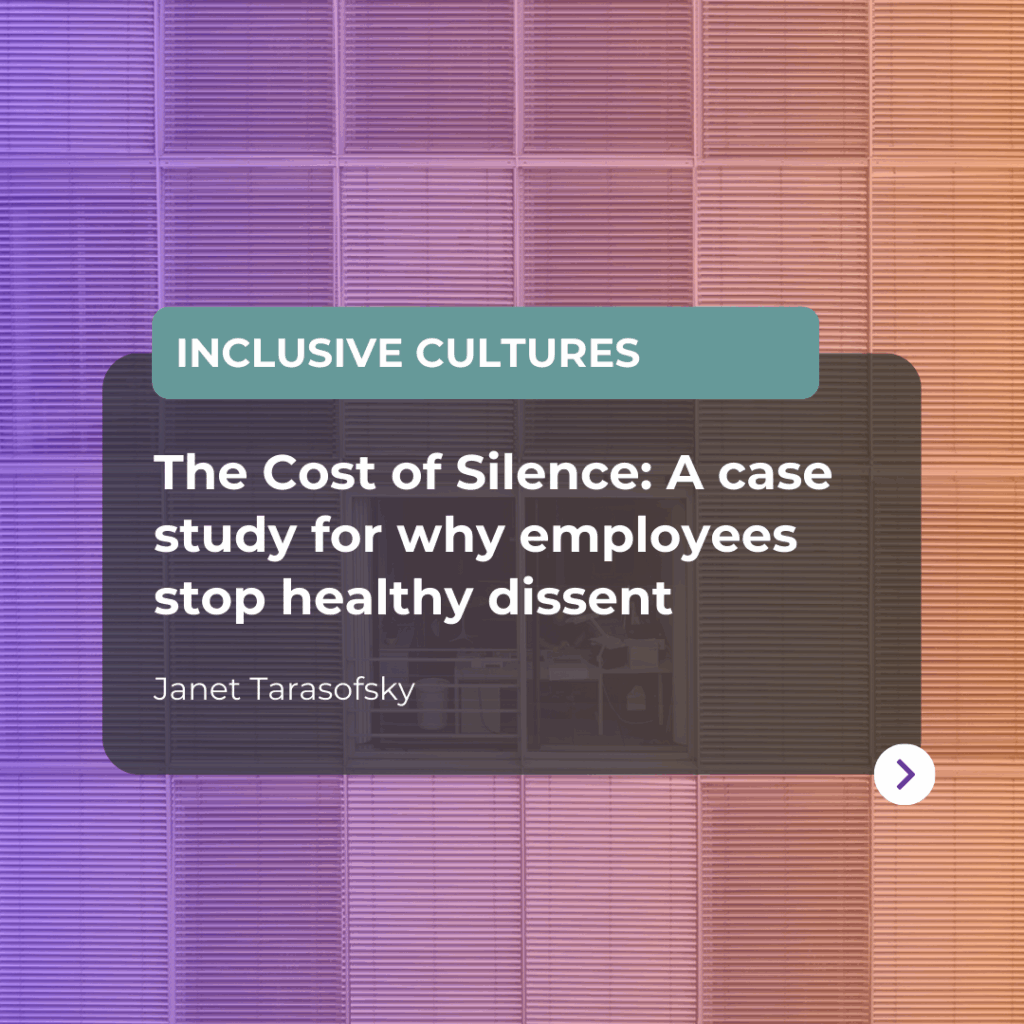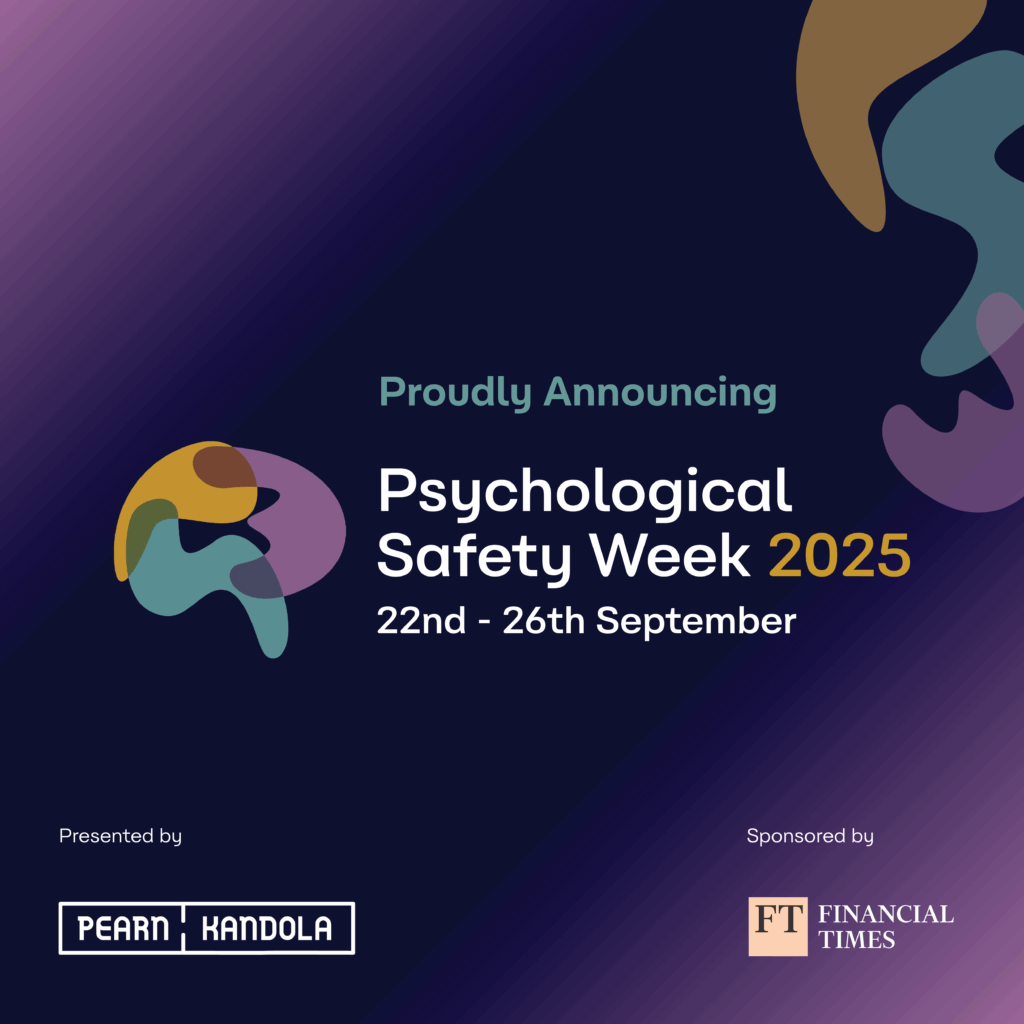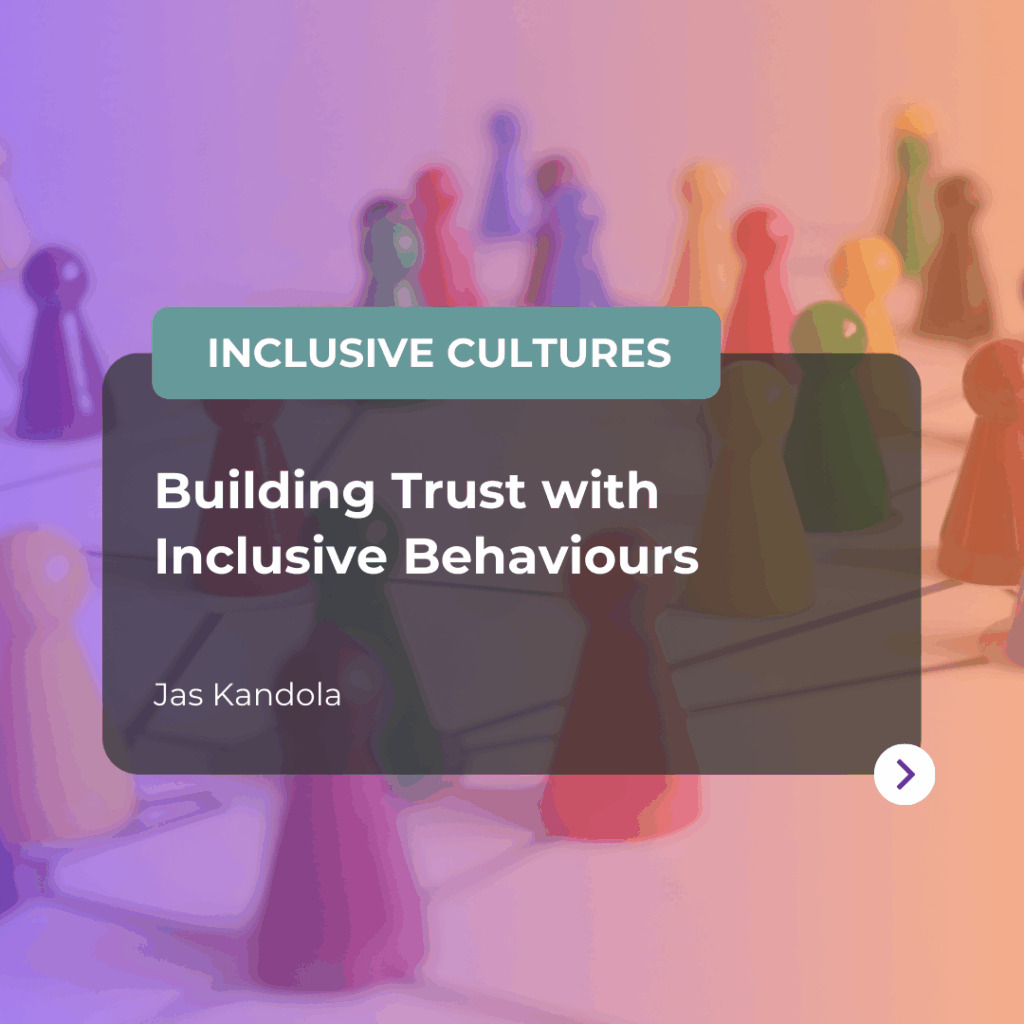Active bystanders are individuals who decide to intervene in situations where someone might be at risk of harm. Their actions are essential for creating safer environments in places like schools, workplaces, and online platforms. Active bystanders challenge the idea of doing nothing and show how personal responsibility and collective action can reduce harm.
Understanding why some people choose to help while others don’t can give us valuable insights into human behaviour. This includes the bystander effect, a key concept in social psychology. In this article we’ll explore what influences bystander behaviour, what might prevent people from helping, what motivates them to take action, and how we can encourage more people to become active bystanders.
Understanding the Bystander Effect
The bystander effect is when people are less likely to help in an emergency if others are around. This term bystander effect became well-known following the 1964 murder of Kitty Genovese in New York City. Reports suggested she was attacked for a long time while her neighbours failed to intervene. Although later investigations questioned these reports, the incident led to significant research into bystander behaviour*.
John Darley and Bibb Latané (1968) conducted seminal experiments on this phenomenon. In one study, participants overheard a staged emergency where someone seemed to have a seizure. The researchers varied the number of bystanders present, and it was found that people were much less likely to help if they thought others were also watching. This phenomenon, known as “diffusion of responsibility” shows how being in a group can reduce personal accountability.
Further research expanded on Darley and Latané’s work, identifying more reasons why people don’t act – bystander inaction. For example, Fischer et al. (2011) conducted a meta-analysis of bystander studies and found that intervention depends on how clear the situation is, how dangerous it seems, and the victim’s relationship to the bystander. People are more likely to help in emergencies that are clearly dangerous and involve a close friend or family member. In situations where the need for help is unclear, people often hesitate to act.
Understanding the bystander effect means looking at both the situation and the psychological, personal, and social factors that collectively shape whether a person decides to help, or not.
Factors Influencing Bystander Behaviour
Situational Factors
Situational factors heavily influence whether bystanders will act. One major factor is the presence of other witnesses. When there are multiple bystanders, people tend to think someone else will take responsibility, leading to inaction.
Perceived danger is another crucial factor. Bystanders are more likely to help with clear, immediate threats like physical violence. In ambiguous situations where the severity isn’t clear, people often don’t act. For example, Rowe, Wilcox, and Gadlin (2009) noted that in unclear situations, people rely on social cues, looking to others to decide if help is needed, which often perpetuates a cycle of inaction, as everyone waits for someone else to act.
Environmental context, such as the setting and time of day, also influences intervention. Crowded urban areas may make people feel more anonymous, reducing the likelihood of helping. In contrast, close-knit communities or less crowded places may increase personal accountability.
Personal Factors
Empathy, moral values, and past experiences significantly affect bystander behaviour. Empathy creates an emotional connection with the victim, prompting action. People high in empathy-related traits such as emotional sensitivity and perspective-taking are more likely to intervene in emergencies.
Moral and ethical beliefs also guide bystander behaviour. People with strong morals, like a belief in justice or fairness, are more likely to act, even at personal risk. For instance, someone who values equality may intervene when witnessing discriminatory behaviour.
Past experiences of helping or being helped also play a significant role. People who have successfully helped before or seen others do it may feel more confident in their ability to help. Social Learning Theory (Bandura, 1977) supports this idea, suggesting that we learn prosocial behaviours by observing and imitating them.
Social Factors
Social norms and group dynamics also shape behaviour. Rutkowski, Gruder, and Romer (1983) found that cohesive groups are more likely to act together because they feel a shared responsibility. However, in groups of strangers, people hesitate due to a lack of social connection.
Cultural influences also impact bystander behaviour. In collectivist cultures, where communal well-being is prioritised, individuals may feel a stronger duty to help. By contrast in individualistic cultures, which focus more on personal autonomy, there might be a sense of detachment in group settings (Levine & Crowther, 2008). These cultural differences show the importance of understanding the broader societal context of bystander behaviour.
Psychological Barriers to Intervention
Diffusion of Responsibility
Diffusion of responsibility is one of the most studied psychological barriers to intervention. In group situations, people often assume someone else will take action, leading to a diffusion of accountability This is especially strong in large groups, where having many witnesses reduces the sense of personal obligation (Darley & Latané, 1968)
Fear of Judgement
Fear of judgement, or evaluation apprehension, is another common barrier. Markey (2000) noted that bystanders often hold back because they worry about how others will view their actions. This fear is more intense in public settings or unclear situations, where the risk of embarrassment or criticism is higher.
Pluralistic Ignorance
Pluralistic ignorance happens when bystanders mistakenly think that others’ inaction means no intervention is needed. For example, if several people see a potentially dangerous situation but do nothing, each person might believe their inaction is justified because no one else is acting. This creates a cycle of passivity, where doing nothing seems normal (Latané & Nida, 1981).
Perceived Risk
Perceived risks, such as physical harm, social embarrassment, or legal repercussions, often deter bystanders from intervening. Garcia et al. (2002) found that people weigh the potential costs of helping against the benefits, which can lead to hesitation or avoiding action in high-risk situations.
Motivations for Bystander Intervention
Empathy and Compassion
Empathy is a critical motivator for stepping in. When people feel a strong emotional connection to the victim, they are more likely to act. Deng et al. (2021) showed that higher empathy scores are linked to a greater likelihood of intervention, especially in situations involving vulnerable individuals.
Compassion, which builds on empathy, also drives action. Compassionate bystanders feel a strong urge to relieve others’ suffering, even if it means personal inconvenience or risk. This emotional response often leads to immediate intervention in emergencies.
Moral and Ethical Beliefs
Moral and ethical principles often compel people to act. For example, those who value fairness and justice may feel morally obligated to intervene when they see harm or discrimination. Acting in line with these values not only reinforces self-identity but also provides a sense of moral fulfilment (Fischer et al., 2011).
Social Responsibility
A sense of social responsibility – the belief that one must help others—is another powerful motivator. This belief is often shaped by cultural norms, personal upbringing, and education. People with a strong sense of social responsibility see intervention as a moral duty rather than a choice (Levine & Crowther, 2008).
Personal Gain
While altruism is a major driver of bystander intervention, personal gain, such as social approval or a better reputation, can also influence behaviour. Markey (2000) noted that people often seek validation for their actions, especially in situations when their efforts are likely to be recognised.
Overcoming Bystander Apathy
Education and Awareness
Raising awareness about the psychological reasons behind bystander apathy is key to encouraging intervention. Educational programmes can help people recognise factors like diffusion of responsibility and pluralistic ignorance, empowering them to act. Rowe et al. (2009) highlighted the importance of teaching people to identify emergencies and understand their role in responding.
Empowerment and Training
Providing individuals with the tools and confidence to intervene safely is another effective strategy. Training programmes on conflict de-escalation, first aid, and assertive communication equip participants with the skills needed to act decisively. These programmes often focus on building situational awareness and reducing fear of judgement.
Supportive Environments
Creating environments that prioritise mutual aid and collective responsibility encourages active bystander behaviour. Organisations and communities can embed these values by promoting inclusivity, offering resources for intervention, and celebrating examples of prosocial actions (Garcia et al., 2002).
Role Modelling
Leaders and influencers play a crucial role in normalising bystander intervention. By demonstrating prosocial behaviour, they inspire others to do the same and create a culture of accountability. This aligns with Social Learning Theory, which highlights the impact of learning by watching others (Bandura, 1977).
The Role of Empathy
Empathy is a central driver of active bystander behaviour, bridging the emotional gap between observer and victim. Research by Deng et al. (2021) shows that people with higher empathy are more likely to intervene, especially in situations involving vulnerable victims. Empathy enhances the ability to understand and share the victim’s distress.
Programmes that develop empathy, such as those focusing on emotional intelligence and active listening, can significantly improve people’s ability to respond effectively in emergencies. These initiatives often involve role-playing scenarios that encourage participants to consider others’ perspectives, fostering a deeper sense of connection and responsibility.
Real-World Examples
Real-world examples illustrate the powerful impact of active bystanders. One notable case is the 2015 Paris train attack, where passengers intervened to stop an armed attacker, preventing significant harm. Their actions were driven by empathy, moral values, and situational awareness, highlighting the potential for collective action to reduce threats.
The #MeToo movement also shows the importance of bystander intervention. By speaking out against harassment and abuse, individuals challenged systemic inequalities and promoted accountability. These examples demonstrate how active bystanders can drive social change and create safer environments.
Integrating Psychological Theories
Psychological theories offer valuable frameworks for understanding bystander behaviour. Social Learning Theory (Bandura, 1977) highlights the importance of role models in encouraging prosocial actions, suggesting that witnessing active bystander behaviour can inspire others to act. Cognitive Dissonance Theory (Festinger, 1957) explains how the discomfort of holding conflicting beliefs motivates action, while Prosocial Behaviour Theory (Fischer et al., 2011) examines the factors that drive helping behaviours, including empathy, social norms, and moral values.
Conclusion
The psychology of active bystanders reveals the complexities of intervention in social contexts. Understanding the bystander effect, the factors that influence behaviour, and the psychological barriers to action, helps explain why some individuals act while others remain passive. Motivations such as empathy, moral values, and social responsibility drive intervention, while education, training, and supportive environments empower people to overcome apathy.
By fostering a culture of active bystander behaviour, society can address critical challenges and promote collective well-being. This requires a multi-faceted approach, combining education, empowerment, and role modelling to inspire action. Ultimately, active bystanders have the potential to turn moments of hesitation into opportunities for meaningful change.
Next Steps
The power of education has been recognised to improve bystander behaviour, and research has also shown that personalised feedback and guidance are more likely to deliver behavioural change.
Our Active Bystander training and workshops leverage personalised insights on what needs to be addressed at an individual and organisational level to create a workshop tailored to your unique strengths and challenges.
If your organisation needs support in how to implement active bystander behaviour across your organisation, then reach out to Pearn Kandola at info@pearnkandola.com
References
Bandura, A. (1977). Social Learning Theory. Englewood Cliffs, NJ: Prentice Hall.
Darley, J. M., & Latané, B. (1968). Bystander intervention in emergencies: Diffusion of responsibility. Journal of Personality and Social Psychology, 8(4), 377–383.
Fischer, P., Krueger, J. I., Greitemeyer, T., Vogrincic, C., Kastenmüller, A., Frey, D., Heene, M., Wicher, M., & Kainbacher, M. (2011). The bystander effect: A meta-analytic review on bystander intervention in dangerous and non-dangerous emergencies. Psychological Bulletin, 137(4), 517–537.
Garcia, S. M., Weaver, K., Moskowitz, G. B., & Darley, J. M. (2002). Crowded minds: The implicit bystander effect. Journal of Personality and Social Psychology, 83(4), 843–853.
Levine, M., & Crowther, S. (2008). The responsive bystander: How social group membership and group size can encourage as well as inhibit bystander intervention. Journal of Personality and Social Psychology, 95(6), 1429–1439.
Latané, B., & Nida, S. (1981). Ten years of research on group size and helping. Psychological Bulletin, 89(2), 308–324.
Markey, P. M. (2000). Bystander intervention in computer-mediated communication. Computers in Human Behavior, 16(2), 183–188.
Rowe, M., Wilcox, L., & Gadlin, H. (2009). Dealing with—or reporting—‘unacceptable’ behaviour—with additional thoughts about the ‘Bystander Effect’. Journal of the International Ombudsman Association, 2(1), 52–63.
Rutkowski, G. K., Gruder, C. L., & Romer, D. (1983). Group cohesiveness, social norms, and bystander intervention. Journal of Personality and Social Psychology, 44(3), 545–552.






